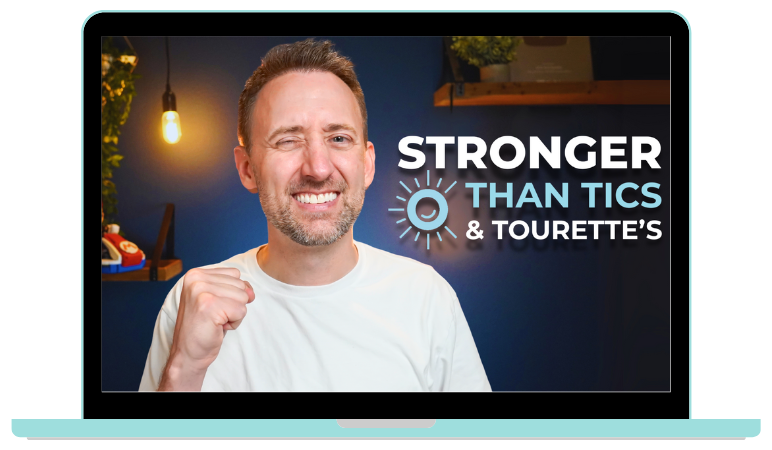Understanding Hoarding OCD: Symptoms and Effective Treatment Options
Oct 01, 2023
Hoarding Obsessive-Compulsive Disorder (OCD) is a complex mental health condition that affects millions of people worldwide. While it may seem like a simple habit to accumulate and hold onto possessions, hoarding OCD goes far beyond that. In this blog, we will explore the symptoms of hoarding OCD and discuss one of the most effective treatment options known as Exposure and Response Prevention (ERP).
Symptoms of Hoarding OCD
- Excessive Accumulation
The most noticeable symptom of hoarding OCD is the excessive accumulation of items, often ones that may seem useless or insignificant to others. Individuals with this disorder find it extremely difficult to part with possessions, even if these items serve no practical purpose.
- Difficulty Discarding
People with hoarding OCD have a deep-seated fear of discarding things, which can lead to significant distress. They may become anxious or agitated when faced with the prospect of throwing things away, regardless of their actual value.
- Cluttered Living Spaces
The accumulation of items results in cluttered and chaotic living spaces. Hoarding OCD can make homes virtually uninhabitable, posing health and safety risks to those affected.
- Emotional Attachments
Individuals with hoarding OCD often develop strong emotional attachments to their possessions. They may assign sentimental value to a wide range of items, making it even more challenging to part with them.
- Impaired Functioning
Hoarding OCD can severely impair daily functioning. People with this disorder may have difficulty maintaining relationships, holding down a job, or even practicing proper self-care due to their overwhelming preoccupation with their possessions.
Treatment Options for Hoarding OCD
A specialized kind of cognitive behavioral therapy (CBT) called ERP has shown to be quite successful in treating hoarding OCD. The goal of this therapy is to stop the normal obsessive reactions by progressively exposing patients to their phobias (in this case, the act of throwing away goods). Here is how ERP functions:
- Identifying Triggers
In ERP, the therapist helps the individual identify specific triggers that prompt their hoarding behaviours. These triggers can be emotional (fear of losing something valuable) or situational (seeing clutter).
- Gradual Exposure
ERP involves exposing the person to these triggers in a controlled and systematic manner. For example, they may start by discarding an item that holds minimal emotional value, gradually working up to more significant possessions.
- Preventing Compulsive Responses
During exposure, individuals are instructed to resist the urge to engage in their usual compulsive behaviours (e.g., keeping the item or checking the trash multiple times). This is the "response prevention" part of ERP.
- Repeated Practice
ERP sessions are typically repeated and can be challenging. However, over time, individuals learn to tolerate the anxiety and discomfort associated with discarding items. This desensitization process helps them develop healthier attitudes towards possessions.
- Long-Term Benefits
ERP not only addresses the immediate symptoms but also equips individuals with the tools to maintain a clutter-free and functional living space in the long term. It promotes a lasting change in behaviours and mindset.
Conclusion
Hoarding OCD is a complex condition that can severely impact an individual's life. However, it's crucial to recognize that effective treatment options like Exposure and Response Prevention (ERP) are available. If you or someone you know struggles with hoarding OCD, seeking professional help from a therapist experienced in ERP can be a significant step towards a more fulfilling and clutter-free life. With the right support and treatment, recovery is possible, and individuals can regain control over their living spaces and overall well-being.
















